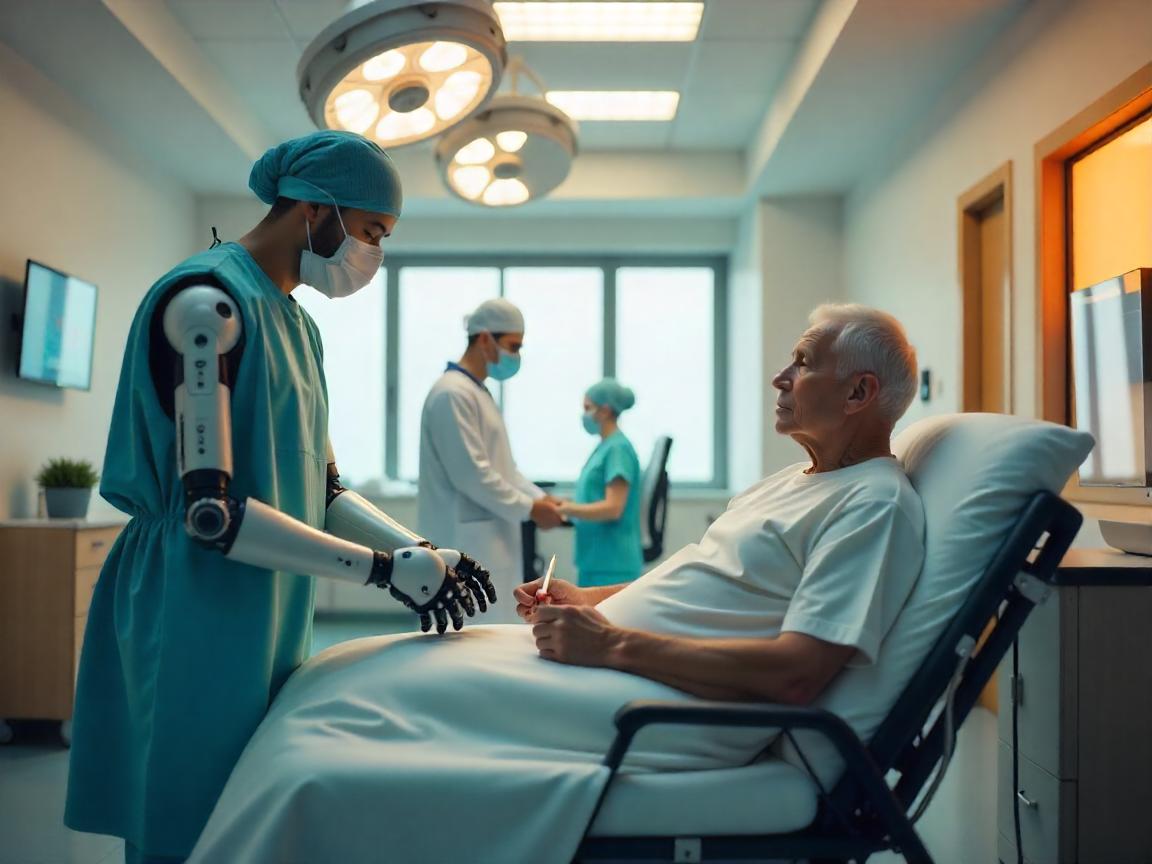
Imagine if the hands of surgeons trembled no more, patients with paralysis could easily walk once more and no night sleep could stop the focus of a forever-attentive nurse. Today’s healthcare, made possible by innovative robots, resembles the promises doctors made years ago. Robots are now part of both surgery and recovery units, offering much higher levels of care, accuracy, convenience and success for patients.
Paying attention to detail during surgery
More and more surgical procedures are relying on robots for their high accuracy and shorter time to recovery. More than 2,000 hospitals throughout the US are making use of robotic tools and the da Vinci Surgical System has emerged as the leader. The devices made by these companies have helped in over 6 million procedures that have saved much blood and reduced people’s stays in hospital.
AI is being used in surgical robotics to make them even more effective. Using AI in surgery allows doctors to respond to changes quickly and work with increased accuracy. Combining robotics and AI is raising the standards for surgery.
Robotic Caregivers: Solving Problems Related to a Lack of Staff
With many people in Japan becoming older, the need for caregivers has increased to the point where there is only one applicant for every 4.25 nursing jobs. As a solution, AI-powered robots, for example AIREC, are now being used to help patients with their daily care and reposition them in bed. Although they are not fully developed yet, these robots could soon assist caregivers with their responsibilities.
PARO, a robot shaped like a baby seal, is used to comfort elderly patients who have dementia. Interaction with PARO has been found to help decrease stress and improve people’s thinking abilities, suggesting an advantage of robotics for mental wellness.
Boosting Healthcare by Using Robotics
Rehabilitation for stroke or spinal cord patients is being enhanced by new robotic exoskeletons. Thanks to the ReWalk machine, paraplegic individuals are able to stand and move on their own which increases their independence and happiness.
An article published in BMC Neurology indicates that stroke patients improved in lower limb functions. And brain plasticity more after using the BEAR-H1 exoskeletal robot than when they followed conventional therapy. The research highlights that robotic rehabilitation is effective in promoting better recovery.
Addressing the Problems and Considering Ethics
Integrating robots in healthcare can be difficult for several reasons. It is often difficult for certain organizations to afford robotic systems because they are very expensive. There are also problems with the possibility of having less interaction between people and depending mainly on machines for caring for patients. Some nursing unions are worried that electronic nurses might replace the value of a human workforce in healthcare.
Considering the combination of new technology and the human aspect is vital as healthcare evolves.
Collaboration in the Future
When robotics are used in healthcare, it represents a new era, tackling old issues and creating more opportunities for caring for patients. Robots provide reasons for increased care and access, but compassion and overall support still depend on humans. With the blending of technology and people, tomorrow’s healthcare expects machines and humans to team up and give the best outcomes to patients.